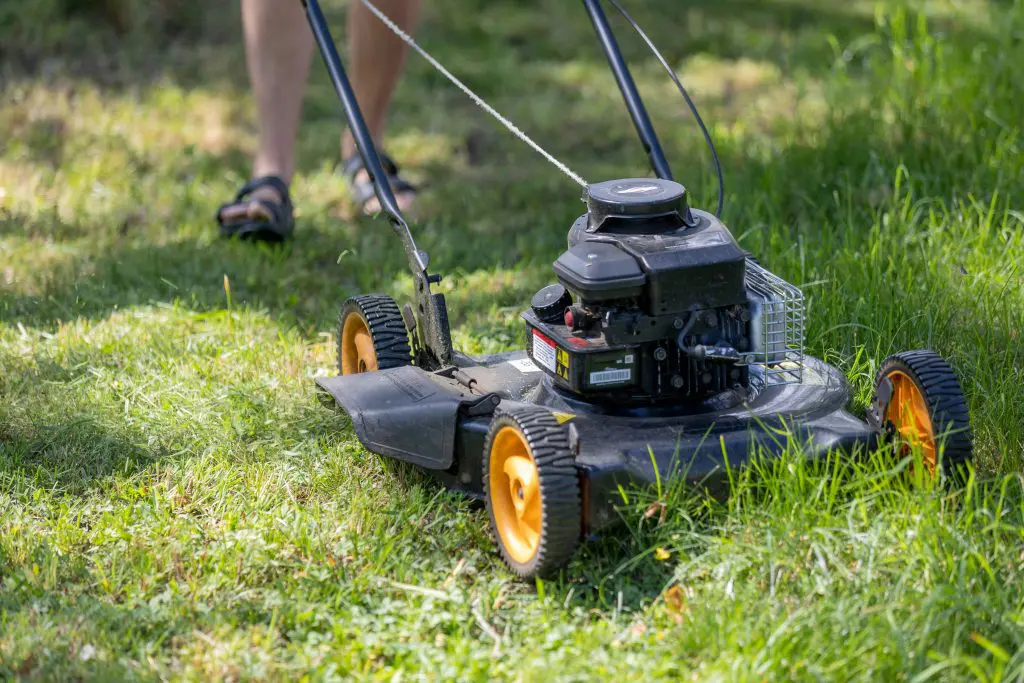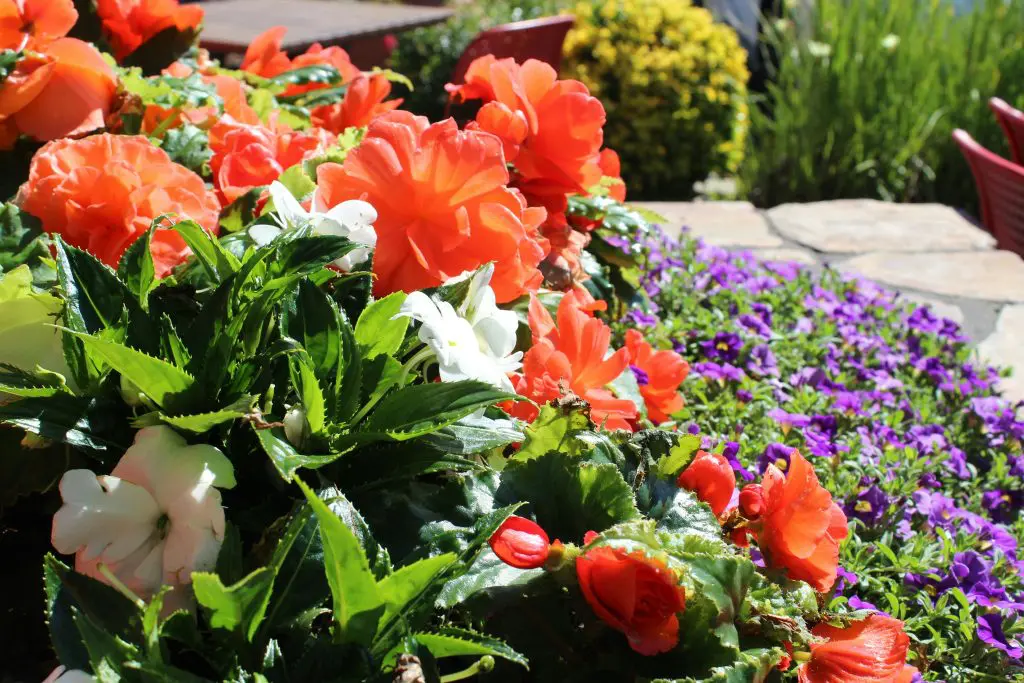Tree pruning can be one of those deceptively simple jobs. It looks easy, right? Grab some shears, snip a few branches, call it done. And in some cases, it can be that simple. But when matters just as much as – if not more than – the how.
In fact, timing is everything. Knowing the best time to prune trees can make all the difference between healthy, vibrant growth and a stressful season for your plants. Pruning goes far beyond a cosmetic tidy-up, allowing you to guide the shape of your trees while making sure they flourish (no matter what the weather decides to throw at you each year).
At Paramount Gardening, we often see it: trees pruned too early, too late, or too harshly. If you are unsure where to start or want professional help, our tree pruning service can ensure your trees get the right care at the right time. So, here’s our no-nonsense guide to New Zealand’s tree pruning calendar, built from years of local experience and a few lessons learned the hard way.
Why does a tree pruning calendar matter?
Because timing matters! A tree pruned at the wrong time can struggle to recover. Cut too early, and you might invite disease or frost damage. Too late, and you risk cutting off the next season’s flowers or fruit.
When you get the timing right, however, pruning does wonders for the overall health of your garden. Not to mention, it makes your job as the person who walks through the garden daily much easier, because there won’t be endless dead leaves, rot, or small maintenance jobs to do every single day.
Pruning is responsible for improving airflow, directing energy to strong branches, and encouraging vibrant new growth. So, getting the timing right is all about working with the tree’s natural rhythm, not against it. To do that, we figure out the best time to prune trees by using a seasonal tree pruning calendar.
Summer: Gentle trimming, strong growth.
In summer, trees are in full swing. Leaves are soaking up sunlight, sap’s moving fast, and growth is strong. That’s your sign to keep pruning light. A few smart snips can accomplish a great deal of hard work here.
The goal is to prevent branches from rubbing or crossing, while shaping fast-growing edges to allow as much sunlight as possible to reach the fruit and inner leaves.
Consider this a basic maintenance period. You just need to do enough to ensure your trees look neat and breathe easily.
Autumn: Pre-hibernation tidy-up.
At this point in your tree pruning calendar, when temperatures start to drop and tree growth starts to slow, it’s all about setting your trees up for a good rest across winter. Clear away anything damaged or diseased. Remove deadwood. And if branches are crowding each other, thin them gently to maintain airflow.
While this is one of the best times to prune trees to keep them healthy through winter, remember to avoid cutting into fresh, green growth whenever possible. Late-season pruning can confuse a tree into sprouting new shoots just before the cold hits. Unfortunately, those new shoots won’t stand a chance once the frost arrives.
Winter: The best time to prune trees.
Oddly enough, winter is the best time to prune trees, especially fruit trees or those of native varieties. Why? Because they’re dormant.
This means energy is stored safely in the roots, and the risk of sap loss or stress is low. Without leaves in the way, you can see the tree’s shape clearly and decide what really needs to stay or go.
While you’re pruning in winter, focus on removing weak or crossing branches while opening the canopy enough for air to circulate. This will prevent rot, which is a core purpose of a tree pruning calendar.
If you can, pick rarer, milder, drier days in winter to do the pruning. Your trees will definitely thank you for it when spring arrives.
Spring: Keep it light and breezy.
As the final season in our tree pruning calendar, spring might not be the season you expected (at least when it comes to best practices for pruning). At this time, new buds are appearing, sap is rising, and new shoots are stretching out fast.
All of that amounts to one thing: a light, light touch with those pruning shears.
In fact, we recommend sticking exclusively to quick touch-ups if they are needed. Trim away frost damage as things start to warm up and remove any branches that might be blocking sunlight, but otherwise leave them well alone. Once flowering or fruiting is complete, you can start shaping the trees again, but keep the process light and gentle.
For many New Zealand gardens, late spring is an ideal time in the tree pruning calendar, as the trees are strong, the weather is stable, and any healing occurs quickly.
Across the board, if you are ever unsure about the best time to prune trees, your technique, or your varieties, start small. Trees are ultimately resilient, and light pruning will rarely cause any harm.
Step back often, check out the overall shape as you go, and remember, you can always take off more later, but you can’t bring back what you’ve already cut.
And if you’d like experts to take over with a reliable tree pruning calendar, we know a team that can help.
Partner with Paramount Gardening for your elite tree and property care.
Our team of expert tree care specialists, pruners, and arborists is here to help you give your trees the best possible life. Keep your garden healthy and your trees thriving with the expert care of our experienced team, available year-round.
Get in touch today for a free quote on your tree pruning.





